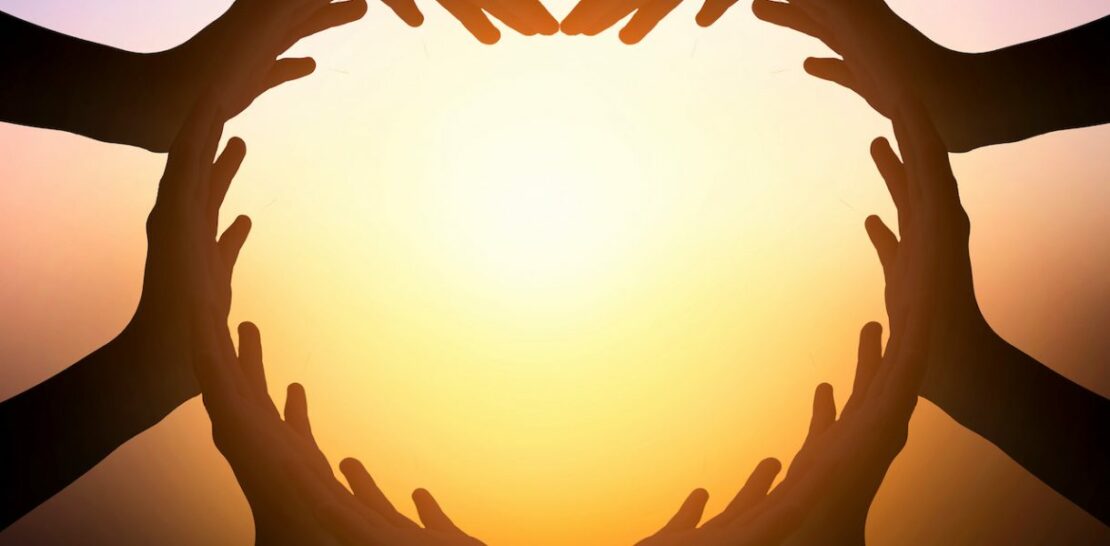When it comes to relationships, the line between love and friendship can often be blurry and difficult to define.
In this comprehensive article, we will explore the telltale signs that don’t deceive in differentiating love from friendship.
With a deep understanding of the English language and human emotions, we will dissect the subtle cues, verbal and nonverbal communication, and behavioral patterns that help decipher whether it’s love or friendship.
Armed with this knowledge, you will be able to navigate the complex world of relationships with more ease and confidence.
Part 1: The Language of Love and Friendship
One of the first aspects to consider when trying to determine the nature of a relationship is the language used by both parties involved. The choice of words, tone, and expression can reveal a lot about the underlying emotions and intentions of an individual.
In a friendship, the language used is usually more casual, often filled with jokes, humor, and light-hearted banter. Friends are comfortable discussing a wide range of topics, from personal interests and hobbies to work and family issues. While friends may offer each other support and encouragement, the language used typically lacks the deep emotional intensity found in romantic relationships.
On the other hand, the language of love is often characterized by more profound emotions, vulnerability, and an increased focus on the well-being of the partner. When someone is in love, their speech may be filled with affectionate terms, compliments, and expressions of devotion. They may also engage in more intimate conversations, delving into their partner’s thoughts, feelings, and dreams. Additionally, the tone used in romantic relationships tends to be more passionate and emotionally charged, revealing a deeper level of connection.
Part 2: Nonverbal Communication and Body Language
As important as the spoken word is in deciphering the nature of a relationship, nonverbal communication and body language can be equally, if not more, revealing. Often, these subtle cues provide insight into one’s true emotions and intentions, even when their words may suggest otherwise.
- Eye contact: In a romantic relationship, individuals often maintain prolonged eye contact with their partner, reflecting a desire for intimacy and connection. On the contrary, friends typically engage in more casual and brief eye contact.
- Physical touch: Physical touch is another significant indicator of the nature of a relationship. Romantic partners tend to engage in more frequent and intimate touches, such as hand-holding, hugging, and kissing, whereas friends usually limit their physical contact to friendly gestures like high-fives and pats on the back.
- Proximity: The physical distance between two individuals can also be telling. Romantic partners often stand or sit closer to each other, even in public settings, while friends maintain a more comfortable distance.
- Body language: Lastly, the overall body language of a person can reveal their true feelings. Romantic partners often display more open and inviting body language, such as leaning in, mirroring each other’s movements, and maintaining a relaxed posture. In contrast, friends exhibit more casual and less emotionally charged body language.
Part 3: Behavioral Patterns and Emotional Responses
Another aspect to consider when trying to determine the nature of a relationship is the behavioral patterns and emotional responses exhibited by both individuals. These can provide valuable insight into their true feelings and the strength of the bond they share.
- Time spent together: Romantic partners often prioritize spending time together, even sacrificing personal interests and commitments to do so. In contrast, friends maintain a more balanced approach to their time and social lives.
- Emotional support: While both friends and romantic partners can offer emotional support, the depth and intensity of this support can vary. Romantic partners are more likely to be invested in each other’s emotional well-being, providing a higher level of comfort, empathy, and reassurance.
- Jealousy and possessiveness: Romantic relationships tend to be more prone to feelings of jealousy and possessiveness, as partners are often more emotionally invested in each other. On the other hand, friendships generally involve less intense emotions and more freedom for individual growth and exploration.
- Future planning: Lastly, romantic partners often engage in discussions about their future together, making plans and envisioning a shared life. In contrast, friends may discuss their individual future goals and aspirations, but rarely make concrete plans that involve each other.
Part 4: Self-Reflection and Personal Growth
Finally, it is essential to consider the role of self-reflection and personal growth in deciphering the nature of a relationship. By examining one’s own emotions, thoughts, and actions, individuals can gain a deeper understanding of their true feelings towards another person, whether it be love or friendship.
When reflecting on a friendship, individuals typically consider their shared experiences, interests, and mutual respect. They may feel a sense of camaraderie, trust, and support, but not necessarily a deep emotional attachment or desire for intimacy. Friendships often provide the opportunity for personal growth, as individuals learn from each other’s perspectives and experiences, while maintaining their independence and sense of self.
In contrast, when contemplating a romantic relationship, individuals often experience a more intense emotional connection, accompanied by feelings of passion, desire, and vulnerability. They may find themselves constantly thinking about their partner and craving their presence, both emotionally and physically. Romantic partners often challenge and encourage each other to grow and evolve, pushing each other to become the best version of themselves. This process of self-reflection and personal growth is a crucial component in determining whether a relationship is based on love or friendship.
In conclusion, deciphering the telltale signs that don’t deceive when it comes to love and friendship involves a multifaceted approach, examining language, nonverbal communication, behavioral patterns, and self-reflection. By understanding these aspects and carefully observing one’s own emotions and actions, as well as those of their partner, individuals can successfully navigate the complex world of relationships and accurately determine the nature of their bond. With this knowledge, they can confidently pursue a fulfilling and authentic connection, whether it be rooted in love or friendship.




